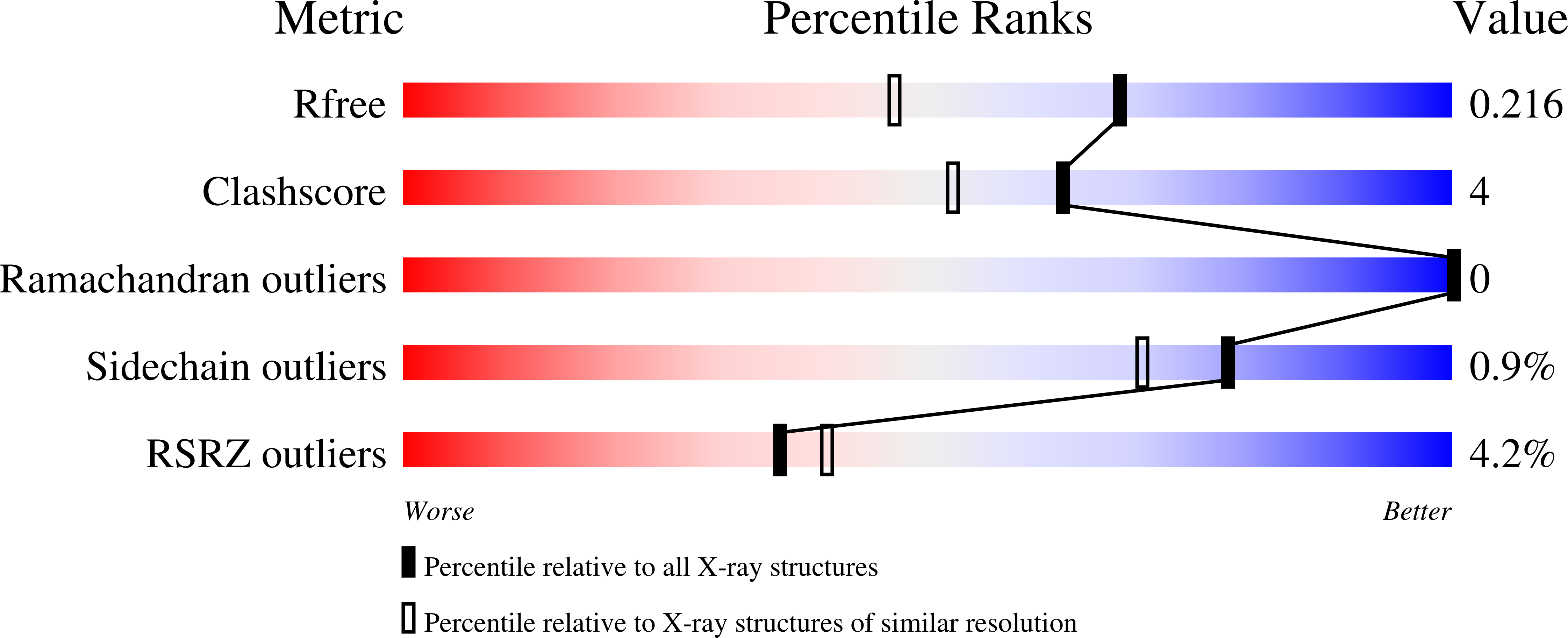
Deposition Date
2023-08-07
Release Date
2024-08-21
Last Version Date
2025-02-19
Entry Detail
PDB ID:
8TQF
Keywords:
Title:
Crystal structure of Soybean SHMT8 in complex with PLP-glycine and diglutamylated 5-formyltetrahydrofolate
Biological Source:
Source Organism:
Glycine max (Taxon ID: 3847)
Host Organism:
Method Details:
Experimental Method:
Resolution:
1.69 Å
R-Value Free:
0.21
R-Value Work:
0.18
R-Value Observed:
0.18
Space Group:
P 1 21 1


